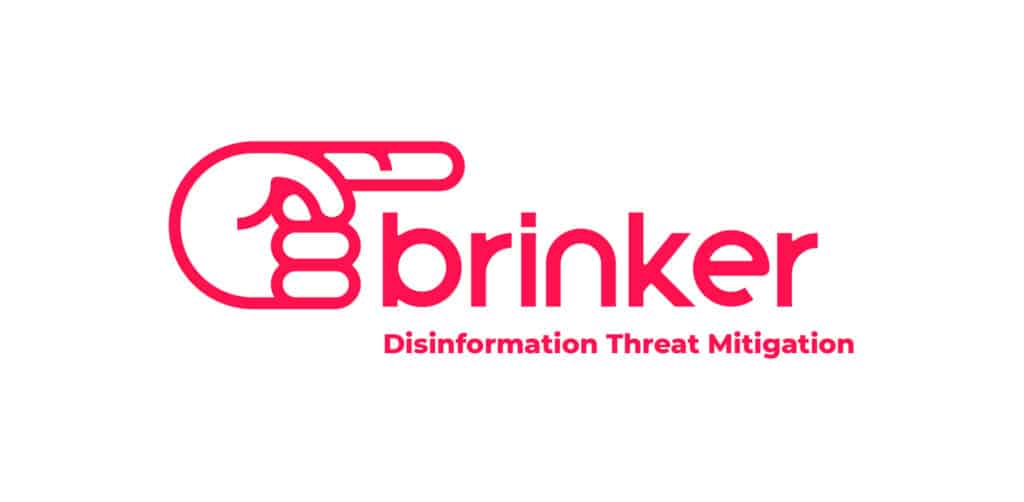There were two interesting pieces on the fast-evolving topic of security and the Internet of Things that are worth reading. The first is a long piece by Bob Violino over at CSO that takes the pulse of the IoT and security question right now. The big picture: its early days, but that there are some troubling trends. The vast expansion of IP-enabled devices is matched by a lack of security know-how at device makers, Violino writes. And, as the environment of “smart devices” grows, the interactions between those devices become more difficult to anticipate – especially as devices start sharing contextual data and taking actions based on that data. “As machines become autonomous they are able to interact with other machines and make decisions which impact upon the physical world,” notes Andrew Rose, a principal analyst at Forrester Research Inc. in Cambridge, Mass. Rose says. “But these are coded by […]
Tag: malware
Google: Android Infections Are Literally One-In-A-Million
The emergence of malicious software for Google’s Android operating system has been one of the biggest security stories of the last two years. But Google is arguing that much of that reporting is hype, saying its own data shows hardly any evidence of infections of mobile devices running Android. Speaking at the recent Virus Bulletin Conference in Berlin, Google mobile researcher Adrian Ludwig presented data that suggests the number of true infections from malicious software are vanishingly small – even in the unregulated independent Android marketplaces. But mobile security experts wonder if Google’s data isn’t burying legitimate security concerns about its mobile operating system. The explosion of Android malware has been so well documented as to become almost a truism in the security world. McAfee in August reported a 35 percent growth in Android malware that included “SMS-stealing banking malware, fraudulent dating and entertainment apps, weaponized legitimate apps and malicious […]
FDA Will Regulate Some Apps As Medical Devices
In an important move, the U.S. Food And Drug Administration (FDA) has released final guidance to mobile application developers that are creating medical applications to run on devices like the iPhone and Android mobile devices. Some applications, it said, will be treated with the same scrutiny as traditional medical devices.* The statement is the final word from the FDA on the approach it will take when enforcing federal regulations regarding the safety of medical devices to the large and fast-growing category of medical applications. The agency said on Monday that, while it doesn’t see the need to vet “the majority of mobile apps,” because they pose “minimal risk to consumers,” it will exercise oversight of mobile medical applications that are accessories to regulated medical devices, or that transform a mobile device into a regulated medical device. In those cases, the FDA said that mobile applications will be assessed “using the same […]
APT-For-Hire: Symantec Outs Hidden Lynx Hacking Crew
This site and others have been writing about the “Advanced Persistent Threat” problem, which has generally been treated as a euphemism for the government and military of The People’s Republic of China or – in some cases – Russia, Iran, North Korea or other un-friendlies. Firms like Mandiant have taken pains to separate the concept of APT from run of the mill cyber criminal hacking groups whose motivation is profit, rather than the acquisition of information that can be used to advance geopolitical or economic goals. Cyber criminal groups may well use “advanced” in their attack methods and “persistent” in their efforts to compromise victim networks, but they weren’t “APT.” Now Symantec Corp. has put a fly into that ointment: publishing a report that pulls the covers off an APT group dubbed “Hidden Lynx” that it claims is responsible for some of the most sophisticated and large scale hacks of […]
Sharing Threat Intelligence To Sort Out Targeted Attacks
Headlines about “advanced persistent threats” and targeted attacks have organizations of all sizes concerned. Barely a week goes by without news of a new, stealthy campaign targeting executives, government leaders or platforms used by prominent organizations. But while APT-style and targeted attacks may have the attention of the boardroom, organizations still face a Herculean task determining when an attack they’ve detected is targeted, and when it is merely indiscriminate. To help answer that question, I “hung out” with two experts in detecting and analyzing malicious threats to enterprises. Anup Ghosh is the CEO and co-founder of Invincea, which makes malware detection tools that isolate threats on endpoints. Matt Hartley is the Senior Director, Intelligence Lab Services at iSIGHT Partners, a cyber threat intelligence firm. Both told me that, while targeted attacks are on the rise, awareness about them is also at an all time high. That can, sometimes, result in organizations […]






